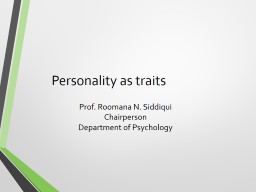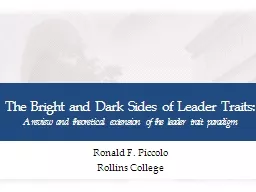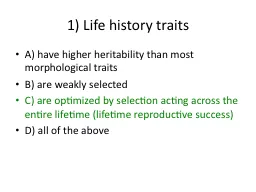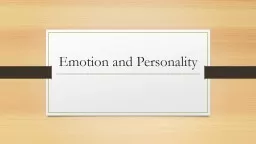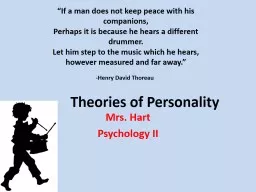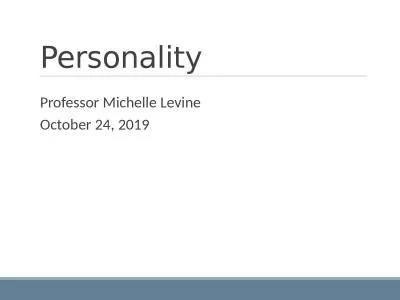PPT-Personality as traits Prof.
Author : pamela | Published Date : 2023-06-26
Roomana N Siddiqui Chairperson Department of Psychology Trait approach begins with the observation that individual often differ greatly and consistently in their
Presentation Embed Code
Download Presentation
Download Presentation The PPT/PDF document "Personality as traits Prof." is the property of its rightful owner. Permission is granted to download and print the materials on this website for personal, non-commercial use only, and to display it on your personal computer provided you do not modify the materials and that you retain all copyright notices contained in the materials. By downloading content from our website, you accept the terms of this agreement.
Personality as traits Prof.: Transcript
Download Rules Of Document
"Personality as traits Prof."The content belongs to its owner. You may download and print it for personal use, without modification, and keep all copyright notices. By downloading, you agree to these terms.
Related Documents

